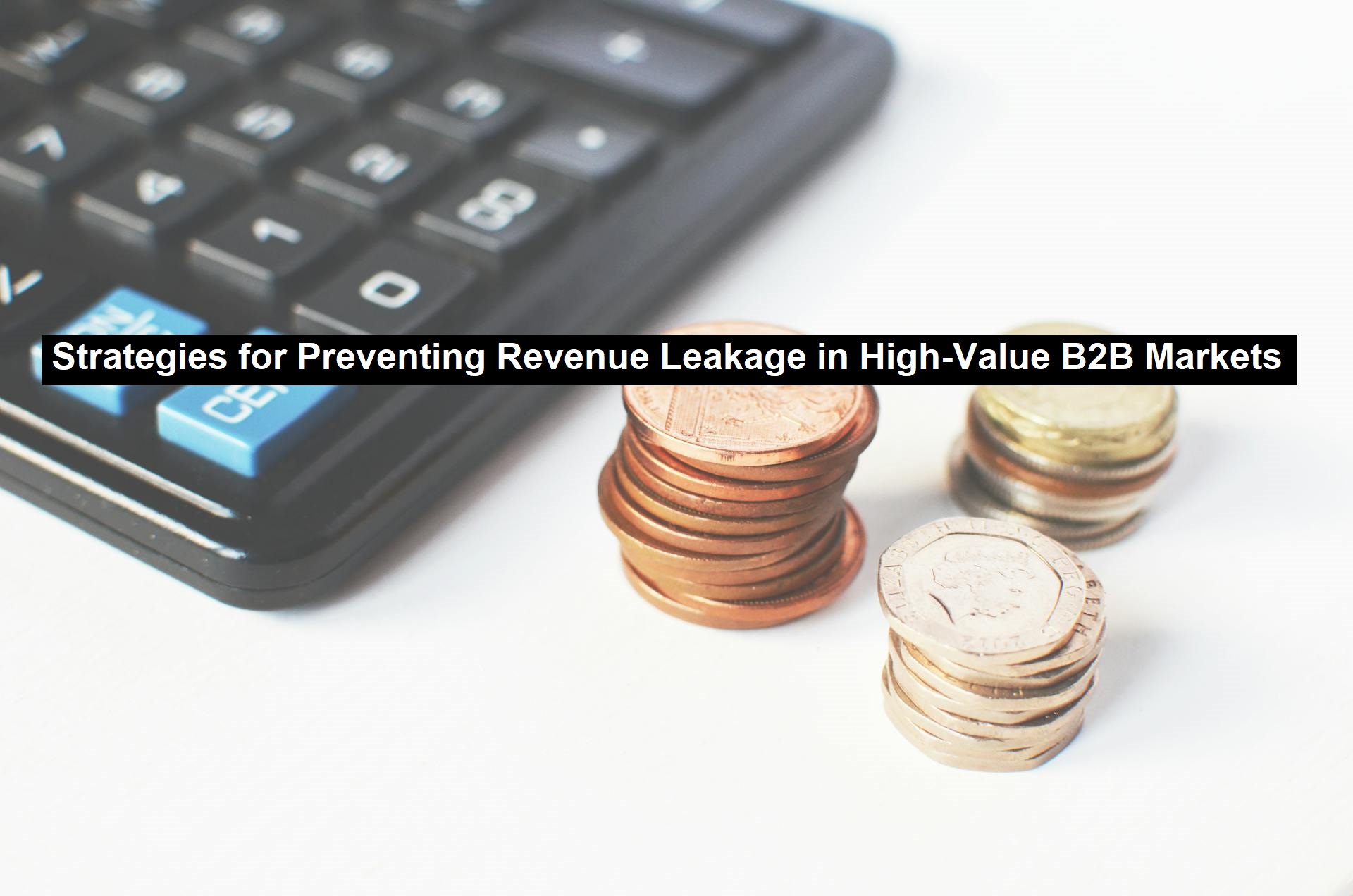Revenue leakage remains a significant challenge in large-scale business operations, particularly within high-value sectors such as financial services, fintech, SaaS, and media. The complexity and volume of transactions in these industries not only threaten immediate financial performance but also impact the ability to drive innovation and sustain growth. This overview examines key contributors to revenue leakage and proposes strategies to mitigate their effects.
In B2B environments, revenue leakage often arises from subtle inefficiencies in internal processes and systems. Contract management is a prime example, where companies managing numerous contracts each year, each with unique terms, face significant risks of mismanagement. If contract terms are not enforced correctly or if billing fails to align with these terms, substantial revenue can go unbilled or uncollected.
Pricing inconsistencies also pose considerable challenges. In industries like software and technology, where products continuously evolve and pricing models are complex, maintaining pricing accuracy across customer transactions is an ongoing struggle. Without strong systems to enforce pricing strategies and monitor compliance, businesses risk unintentional underpricing or unauthorized discounts, which directly impact the bottom line.
Errors in billing and invoicing are another critical source of revenue loss. When billing systems do not accurately reflect the services delivered or fail to adhere to contractual billing cycles, revenue may be delayed or lost. Additionally, inefficient invoicing processes can lead to collection delays, disrupting cash flow and threatening the financial stability of large enterprises.
To address these issues, senior finance leaders, including CFOs, are increasingly adopting integrated automated solutions to enhance accuracy and efficiency across the revenue cycle. Advanced contract management systems that automatically track and enforce terms, dynamic pricing engines that adjust to market conditions, and precise billing systems are crucial tools in ensuring that revenue is billed and collected promptly and accurately.
Read: Navigating Global Markets: Tips for International Business Expansion
CIOs and IT departments play a crucial role in selecting and managing the technological platforms that support these financial functions. The right technology stack should reduce manual tasks, provide real-time analytics, and quickly identify and rectify potential leakage points. Moreover, product management and commercial operations leaders must ensure that product catalogs and configurations are up-to-date, reflecting the latest business rules and market conditions, to avoid pricing or contractual errors.
A comprehensive, cross-functional approach that strengthens internal controls, leverages appropriate technological solutions, and encourages continuous process improvement is essential to addressing revenue leakage. For companies in high-value industries, this approach is crucial not only for protecting revenue but also for maintaining a competitive edge and fostering sustainable growth. In today’s complex market environments, understanding and managing revenue leakage is vital to strategic success.
Common Pitfalls in B2B Revenue Streams was provided by BillingPlatform, an organization offering solutions such as their enterprise billing software
For a more comprehensive understanding the specific strategies and solutions to revenue leakage, please continue reading on through the infographic shared alongside this post.



